History of 227
Oriskany Street West
Utica, NY
January/February 2023
Scenic & Historic:
SPOTLIGHT ON A LANDMARK
by Michael Lehman, AIA
Circa. 1868
227 Oriskany Street West
Utica, New York
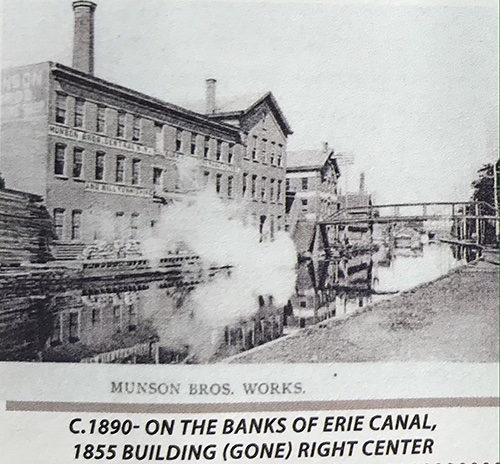
"The longer you look back, the farther you can look forward"
-Winston Churchill
One of the few remaining Erie Canal-era buildings left in the Gateway Historic Canal (GHC) District (which was identified by a study commissioned by the City of Utica in 1992) is the Munson Brothers Mill Works. It is also known as the former Eggers, Caryl, and Corrigan building.
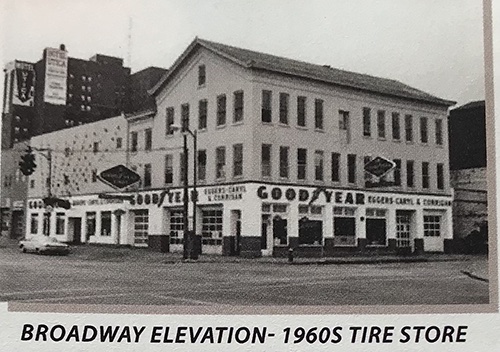
Over the past few years we have witnessed the needless loss of 2 National Register of Historic Places listed and 10 National Register eligible buildings in the GHC District which includes the historic CoLa Neighborhood - one of the earliest developed areas in the city. This is due to ongoing unregulated, uncoordinated, and out-of-scale private and municipal development in the area despite the recommendations of the 2011 City of Utica Master Plan, the GHC District planning study design guidelines, and the city zoning ordinance. The building has been recently purchased by the Mohawk Valley Health System (MVHS). It is adjacent to the new downtown freestanding hospital.
A historically significant structure, it is in danger of demolition given MVHS's disappointing track record on working to incorporate historic Cola neighborhood buildings into their hospital campus design. Despite the fact that MVHS stated in their Published 2017 guiding design principles that this would be one of their goals in building the new proposed hospital downtown, it has, for some reason, not happened. The current scheduled hospital move-in date is October 2023.
MVHS 2017 GUIDING DESIGN PRINCIPLES FOR THEIR
NEW DOWNTOWN HOSPITAL CAMPUS
The remainder of these guiding principles apply to later stages of the project.
Principle
Consider the historic nature of buildings around the new hospital and how to blend them into the new cityscape.
Consider both the old and the new aspects of Utica, including nearby landmark sites of Utica (Stanley, Union Station, etc.).
Seek to preserve some buildings for other medical and business uses (adaptive reuse).
Be supportive of development surrounding the campus; promote first-level business/retail space and upper-level housing space.
MVHS is on record as stating that "History is important to us" while at the same time opining that "they (National Register of Historic Places listed and Register eligible buildings) are not historic, they are just old"- a determination which MVHS is not qualified to made. Unfortunately, previous proposed MVHS downtown hospital campus design schemes had indicated that the site of the 155-year-old structure was being considered as one of several possible locations for a parking garage. This may still be the case. Time will tell.
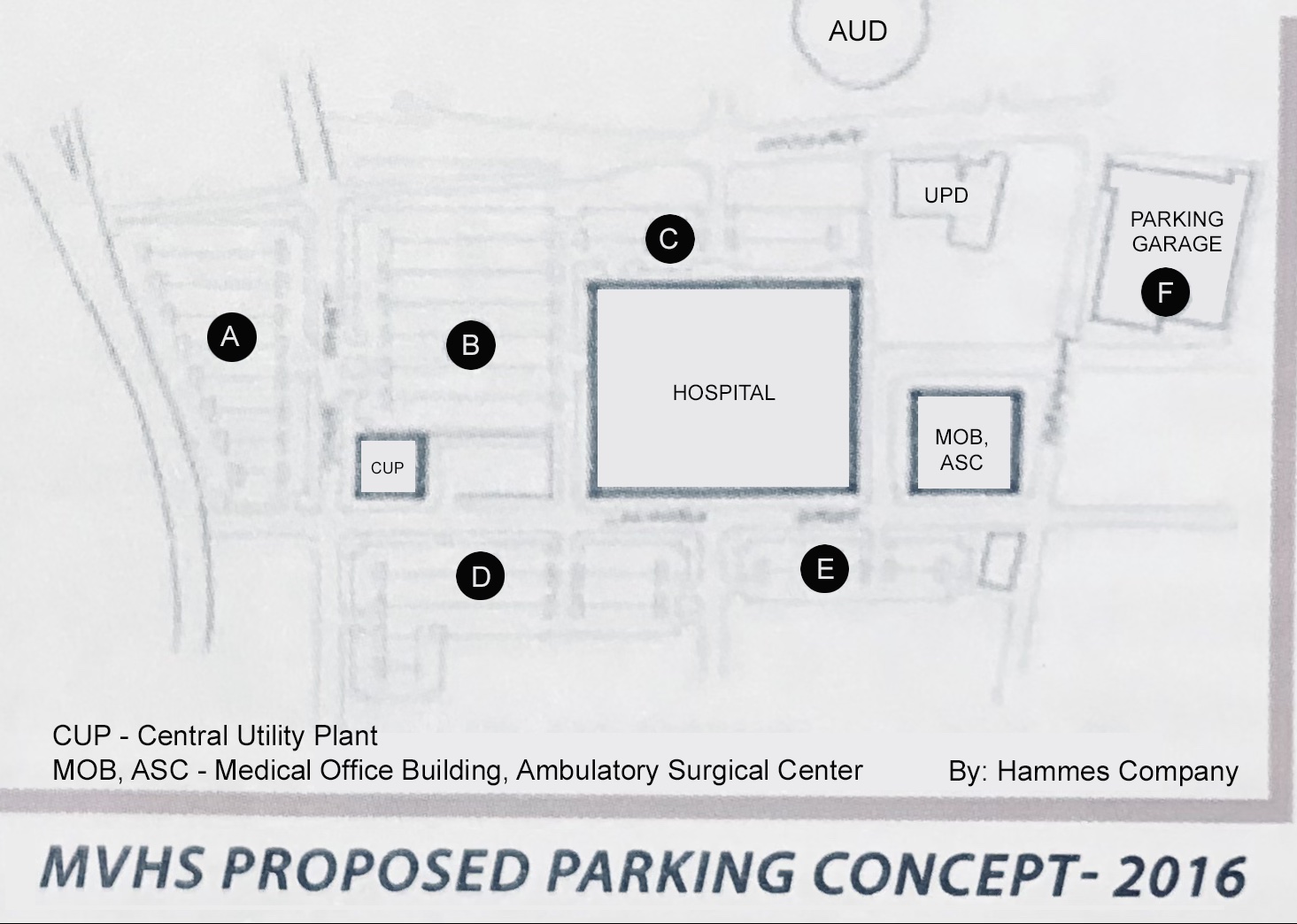
In the 1830s a period of prosperity in Utica's history was ushered in by the arrival of the Industrial Revolution in the Upper Mohawk Valley. Several new businesses were started on the banks of a newly opened transformational engineering marvel- the Erie Canal. Among these early entrepreneurs was Alfred Munson who was born in Berkhamstead, Litchfield County, Connecticut in 1793.
Munson came to what was then the village of Old Fort Schuyler in 1823 and opened a small shop in the basement of the Kirkland Block on the corner of Hotel and Liberty Streets. There he began the manufacture of burrstones- millstones cut from siliceous rock. In 1830 he was joined by Martin Hart, and the firm of Munson & Hart was formed. The business became successful and he soon moved to Washington Street at the Erie Canal, then in about 1855 to the westside of Broadway at the canal, and in 1868 expanded to the east side of Broadway. In the same year, after various changes made by the descendants of the founders, the firm of Munson Brothers was organized. The company then broadened its activities to include the manufacture of many kinds of mill supplies in addition to millstones.

Munson possessed entrepreneurial skills which enabled him to invest in other commercial ventures including steam-powered cotton & woolen mills, Erie Canal boats, Lake Ontario steamboats, railroads, ironworks, and coal mining. This made him a wealthy man and earned him positions on numerous corporate boards. He was a very community spirited, charitable citizen and gave at least one-tenth of his estate to various charities and to Grace Episcopal Church. His daughter, Helen E. Munson married attorney J. Watson Williams and they had three daughters- Grace (who died at an early age), Rachel, and Mariah. The two Williams sisters married two Proctor brothers- Frederick and Thomas. All four proved to be great supporters of Utica's growth and development including the founding of the MWPAI, the Utica Public Library and a new St, Luke's Hospital in 1904, the Utica Olmsted Brothers-designed park system, and many other progressive, philanthropic endeavors.
Since Divine Brothers made Munson one of its divisions, it has broadened and modernized its range of products for mixing, blending, size reducing, and specialized bulk processing. Munson products are used by major chemical, pharmaceutical, insecticide, food, glass, and other industries which require industrial mixing, cutting, blending and crushing equipment.
In October 2017 Howard Zemsky, Commissioner of Empire State Development Corporation (ESD) and local municipal officials conducted a public symposium at Mohawk Valley Community College during which they touted the important synergistic connection between economic development, the craft brewery industry in NYS and the adaptive reuse of Erie Canal era buildings in cities, such as Utica, located along the canal's original route. Zemsky believed that these historic buildings could be repurposed to house craft breweries and beer brewing museums while at the same time highlighting the critical role that the original Canal played in the development of these cities, New York State, and the Nation.
This 155-year-old mill building with its load-bearing brick walls and interior timber framing system is an ideal candidate for the type of adaptive reuse that Commissioner Zemsky envisioned. Its eligibility for listing on the National Register of Historic Places is under review. According to a 1978 NYSHPO Building-Structure Inventory Form 065-40-0073, the top floor interior still contains one piece of original mill equipment with wooden gears.
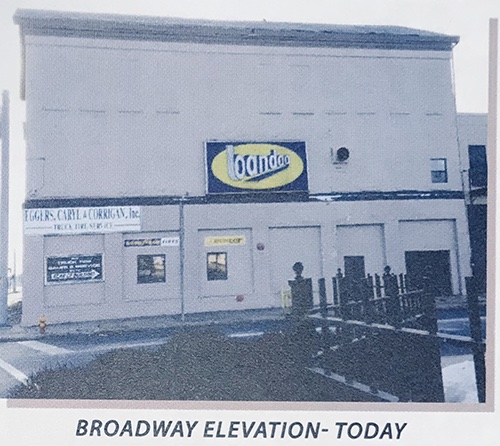
In addition, repurposing this historic structure would support the 2017 MVHS much touted goal of "promoting the development of first floor business/retail space and upper-level housing space surrounding the hospital campus". All it takes is a responsible steward with the same vision, will, and commitment to maintaining Utica' authentic urban fabric. Such an approach has been proven to help support organic, sustained, long term economic growth. Actively promoting the economic development power of the adaptive reuse of historic buildings and neighborhoods contributes to the Public Good.
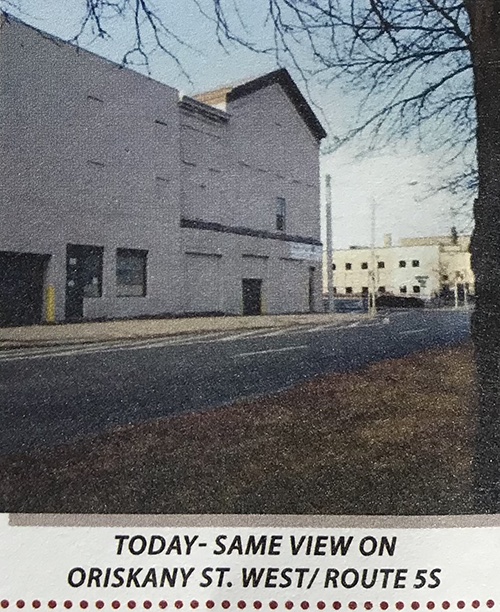
1823 - Alfred Munson arrived in Utica, then Old Fort Schuyler, and began to manufacture buhr-millstones from stone imported from a quarry near Paris, France. His first mill was on the corner of Hotel and Liberty Streets.
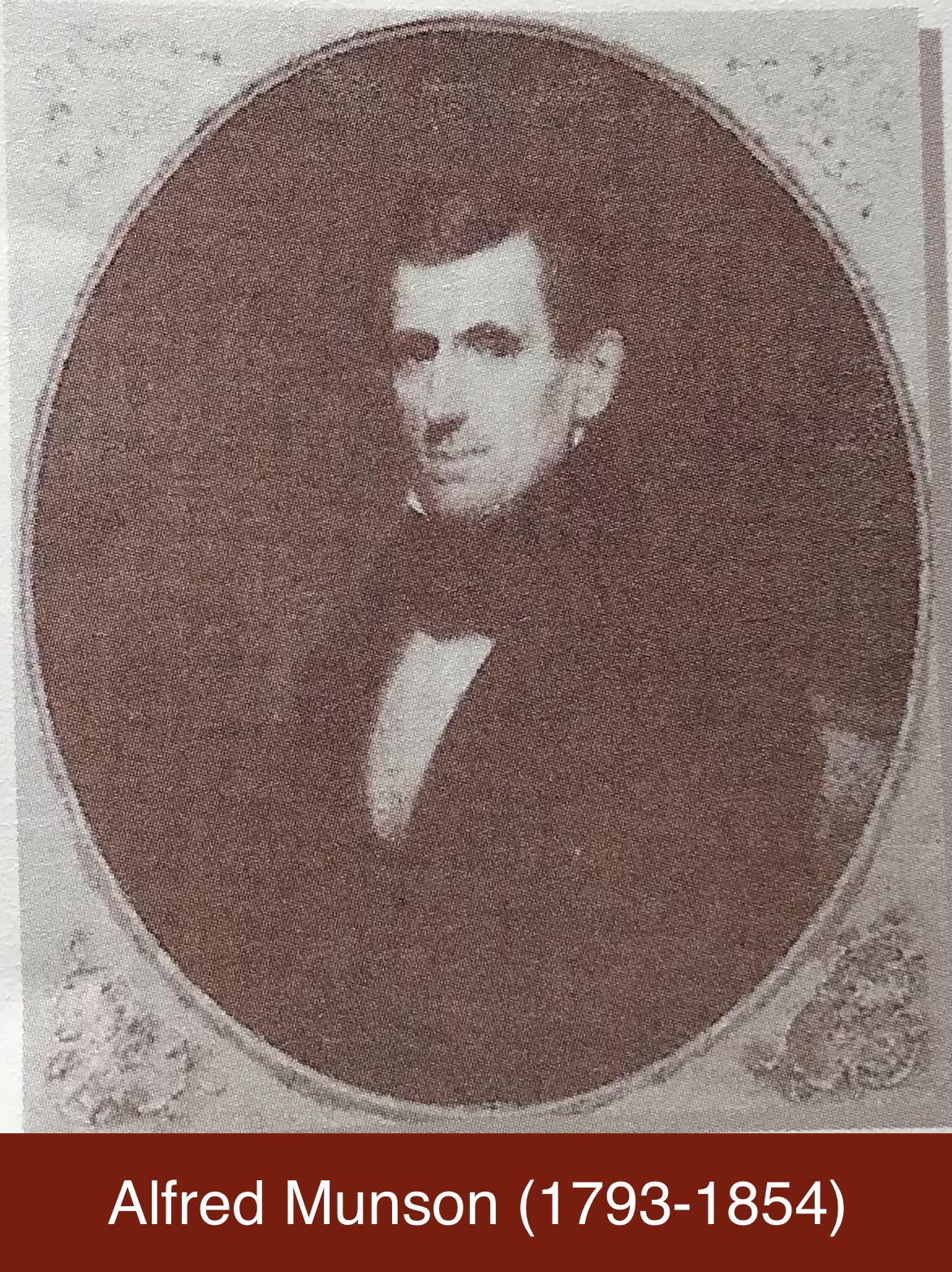
1830 - Alfred Munson partnered with Martin Hart to form Munson & Hart.
1854 - Alfred Munson died.
1868 - The firm was dissolved and a new one formed consisting of Edmund L. Munson, Alfred H. Munson, and Quntail Munson (sons of Edmund Munson) under the title Munson Brothers. The new company built the present structure on the east side of Broadway at the Canal, upon which it depended for shipping and receiving. The 1868 building appears to have been constructed as a mirror image of the one built c. 1855 on the west side of Broadway. Edmund Munson, Sr. patented a number of mill equipment pieces including a machine for finishing burrstones and a portable grinding mill used for all sorts of grain as well as plaster, starch, and hydraulic cements.
1899 - The firm was incorporated.
1921 - Alfred H. Munson, last surviving brother, sold the company to the Munson Mill Machinery Company.
1925 - The facilities were moved to 210 Seward Avenue.
1926 - Mill building was converted to an automobile garage as were other buildings in the neighborhood at the time. Hand & Graney Tire Sales and Service Company owned the building followed by Eggers, Caryl, and Corrigan.
1941 - Divine Brothers purchased Munson Brothers, and made it one of their divisions.
2022 - MVHS purchased the building. Its fate remains unclear.

SOURCES:
1. Building-Structure Inventory Form 065-40-0073 Massouh, Michael. Albany, NY.
2. Division for Historic Preservation NYS Parks & Recreation. 1978.
3. Clark, T. Wood. Utica for a Century and a Half. Utica, NY. The Widtman Press. 1952.
4. Illustrated Utica. 1890.
5. Mohawk Valley Health System (MVHS). Community Engagement and Guiding (Design) Principles handout- 2 pages. Utica, NY. November 2017.
6. Older, Smaller, Better- Measuring how the character of buildings and blocks influences urban vitality. National Trust for Historic Preservation- Preservation Green Lab study. 2014. Ref.
7. Oneida County History Center archives.
8. Utica Atlas- 1896
9. Walsh, John J. Vignettes of Old Utica. Utica, NY. Utica Public Library. 1982
OF GREATER UTICA
1124 State Street
Utica, NY 13502
UticaLandmarks
Better Hospital Neighborhood / A Better Downtown Utica
Utica's early prosperity was fueled by canals and industrial manufacturing. Downtown's Columbia-Lafayette Neighborhood was a hot bed of early furnace and boiler manufacturing, as homes and businesses were adopting different indoor heating moving from, wood, coal, and then gas. By 1900, the neighborhood's The International Heating Company, claimed- "Largest Maker of Heaters in the World." We're developing the story of over twenty Furnace & Boiler Makers, and their Founders & Inventors and plan to one day offer a museum with exhibits and much more. In the meantime, please consider Fires, Furnaces & Forges to understand how the indoor heating industry developed.
Better Utica Downtown seeks to help create a Better Hospital Neighborhood.